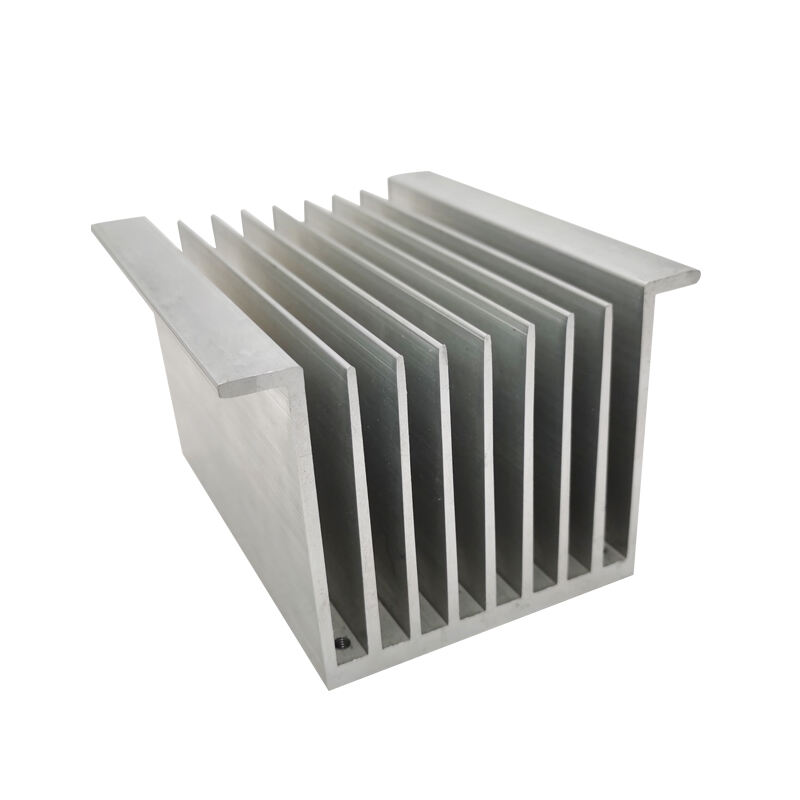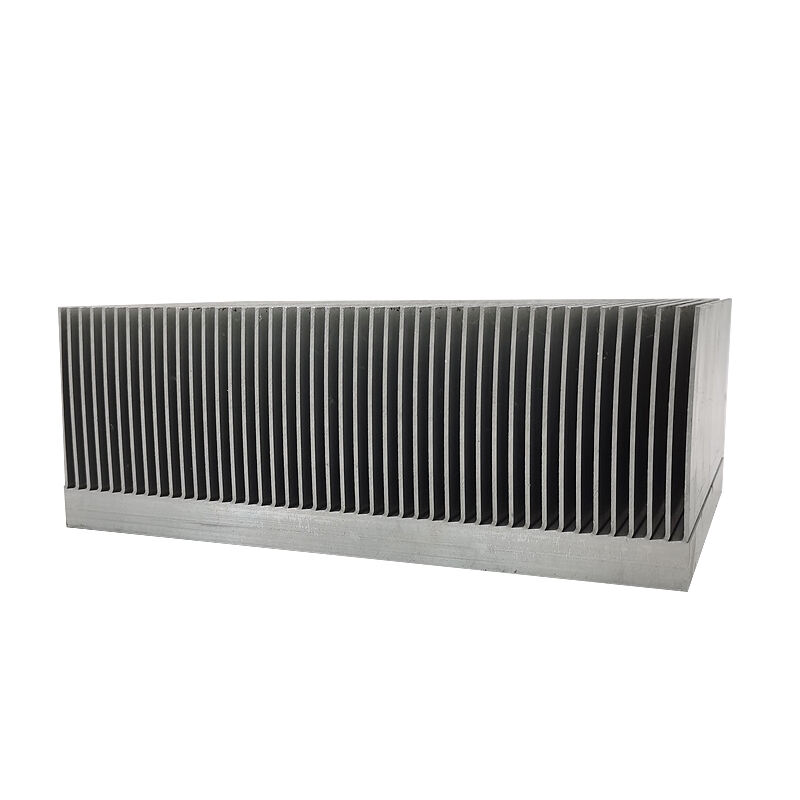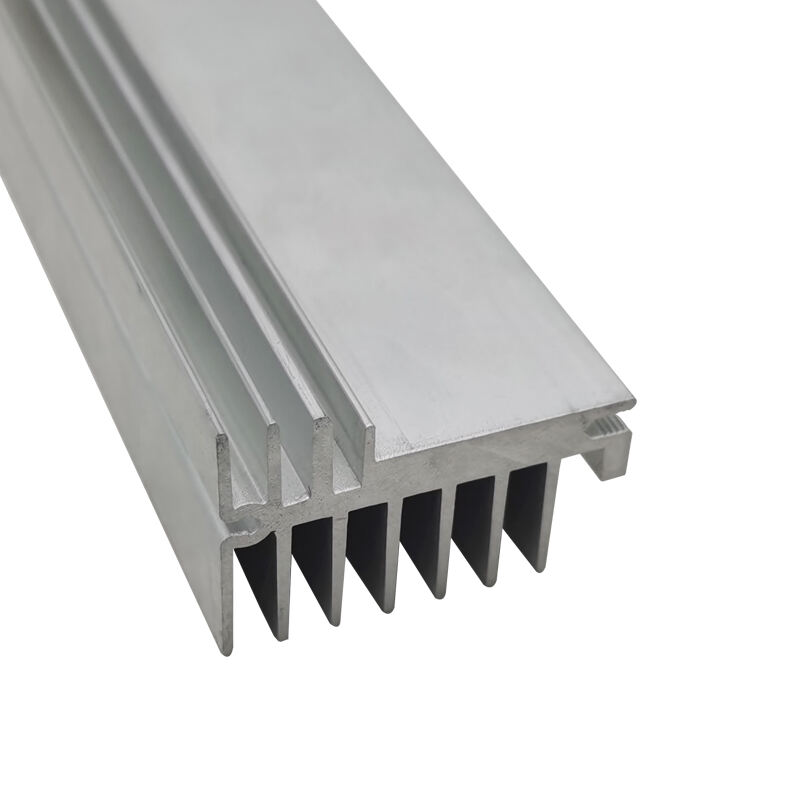extruded aluminum heatsink
Extruded aluminum heatsinks represent a cornerstone in thermal management solutions, engineered to efficiently dissipate heat from electronic components and systems. These thermal management devices are manufactured through a precision aluminum extrusion process, creating specific fin designs and profiles that maximize heat transfer capabilities. The heatsink's structure typically consists of a base plate that makes direct contact with the heat source, coupled with multiple fins or pins that increase the surface area for heat dissipation. The aluminum material used in these heatsinks offers an optimal balance of thermal conductivity, weight, and cost-effectiveness. Through the extrusion process, manufacturers can create complex geometries and fin patterns that enhance air flow and thermal performance. These heatsinks find extensive applications across various industries, including LED lighting, power electronics, telecommunications equipment, and industrial machinery. The versatility of the extrusion process allows for customization in terms of size, shape, and fin density to meet specific cooling requirements. Additionally, the natural properties of aluminum, including its corrosion resistance and durability, ensure long-term reliability in diverse operating environments.


